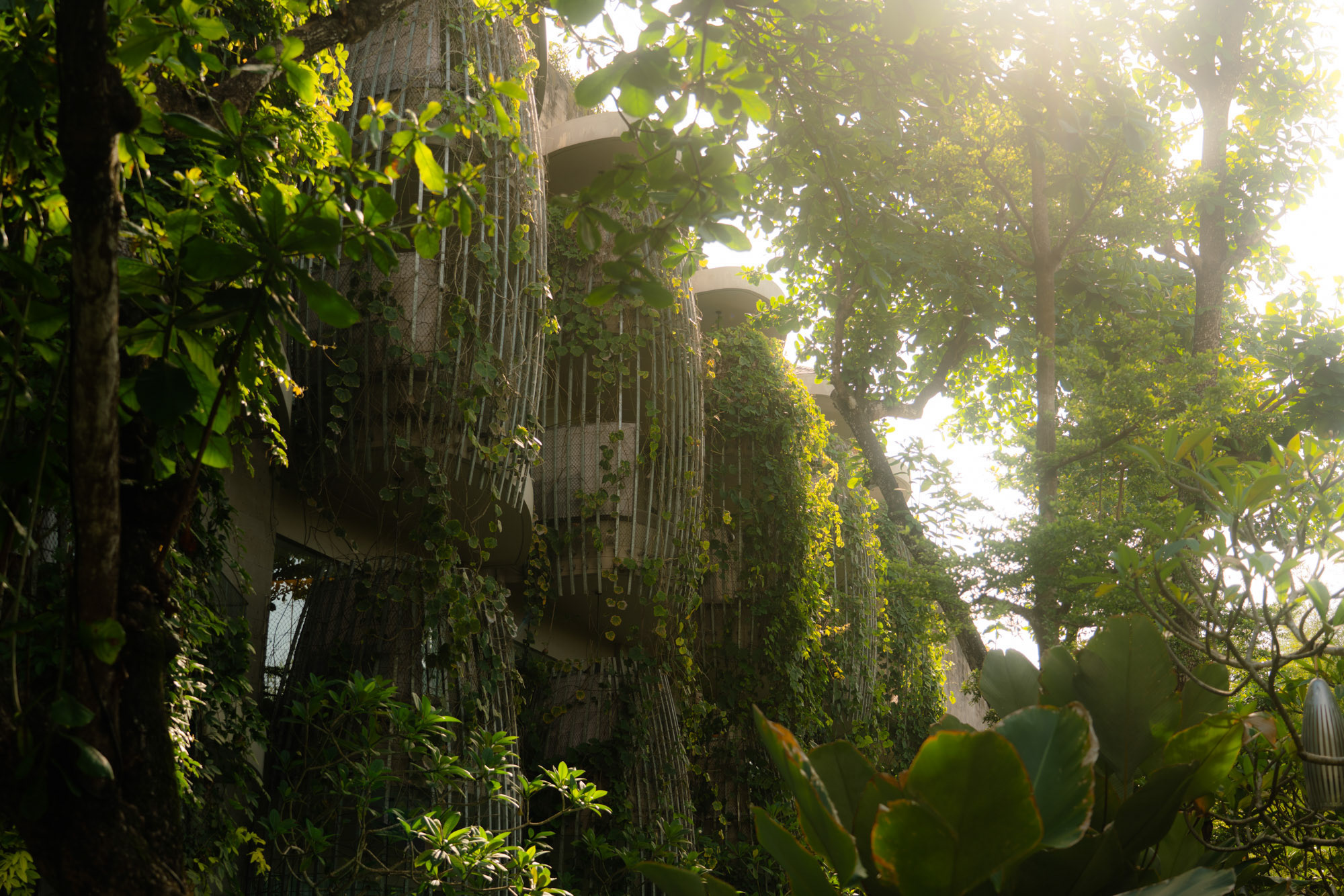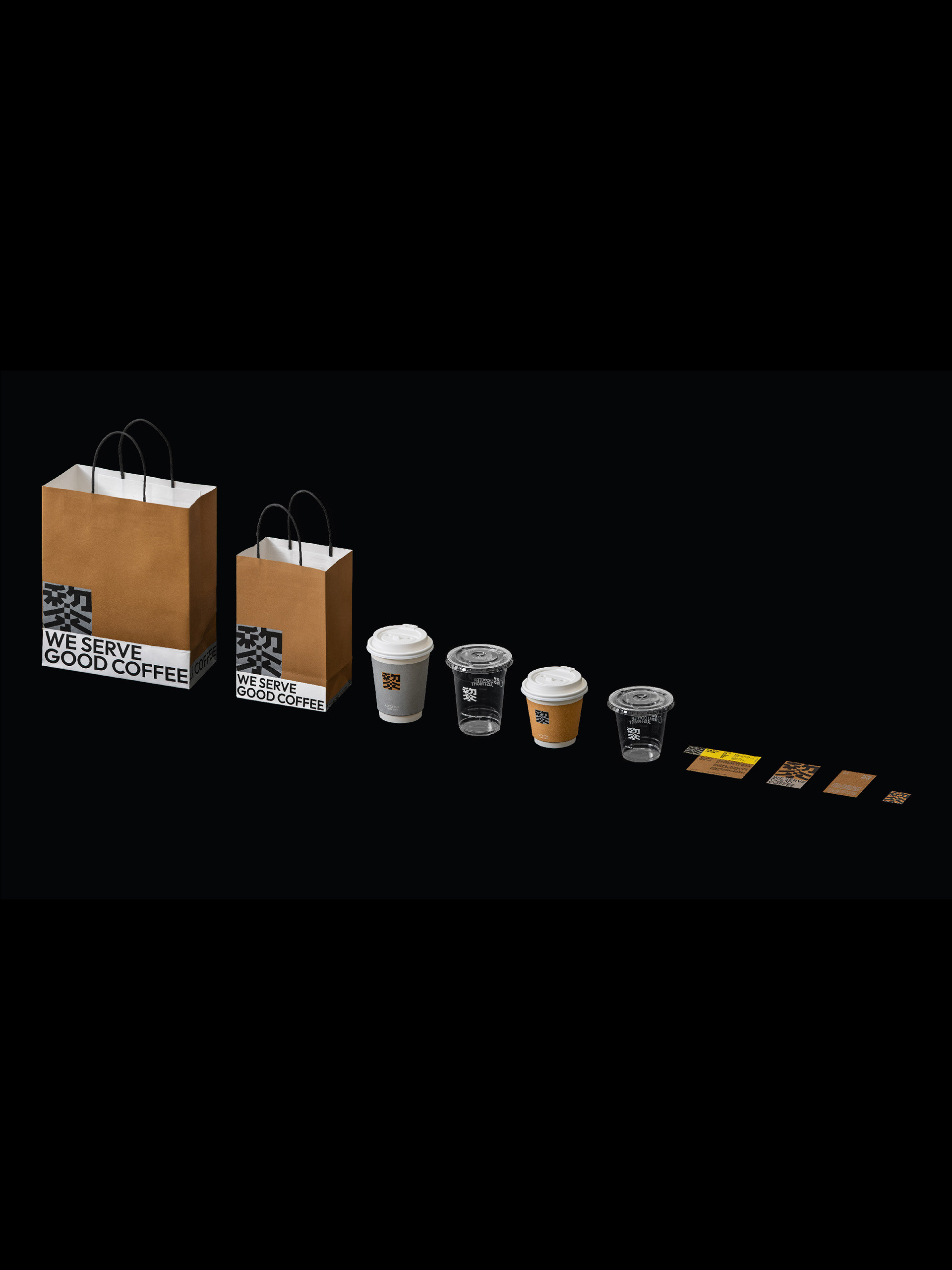
" Kublai Khan does not necessarily believe everything Marco Polo says when he describes the cities visited on his expeditions, but the emperor of the Tartars does continue listening to the young Venetian with greater attention and curiosity than he shows any other messenger or explorer of his. In the lives of emperors there is a moment which follows pride in the boundless extension of the territories we have conquered, and the melancholy and relief of knowing we shall soon give up any thought of knowing and understanding them. There is a sense of emptiness that comes over us at evening, with the odor of the elephants after the rain and the sandalwood ashes growing cold in the braziers, a dizziness that makes rivers and mountains tremble on the fallow curves of the planispheres where they are portrayed, and rolls up, on after the other, the despatches announcing to us the collapse of the last enemy troops, from defeat to defeat, and flakes the wax of the seals of obscure kings who beseech our armies' protection, offering in exchange annual tributes of precious metals, tanned hides, and tortoise shell. It is the desperate moment when we discover that this empire, which had seemed to us the sum of all wonders, is an endless, formless ruin, that corruption's gangrene has spread too far to be healed by our scepter, that the triumph over enemy sovereigns has made us the heirs of their long undoing. Only in Marco Plo's accounts was Kublai Khan able to discern, through the walls and towers destined to crumble, the tracery of a pattern so subtle it could escape the termites' gnawing. "
Thin Cities 5
Octavia, The Spider Web City

" Now I will tell how Octavia, the spider-web city, is made. There is a precipice between two steep mountains: the city is over the void, bound to the two crests with ropes and chains and catwalks. You walk on the little wooden ties, careful not to set your foot in the open spaces, or you cling to the hempen strands. Below there is nothing for hundreds and hundreds of feet: a few clouds glide past; farther down you can glimpse the chasm’s bed.
This is the foundation of the city: a net which serves as passage and as support. All the rest, instead of rising up, is hung below: rope ladders, hammocks, houses made like sacks, clothes hangers, terraces like gondolas, skins of water, gas jets, spits, baskets on strings, dumb-waiters, showers, trapezes and rings for children’s games, cable cars, chandeliers, pots with trailing plants.
Suspended over the abyss, the life of Octavia’s inhabitants is less uncertain than in other cities. They know the net will last only so long. "
This is the foundation of the city: a net which serves as passage and as support. All the rest, instead of rising up, is hung below: rope ladders, hammocks, houses made like sacks, clothes hangers, terraces like gondolas, skins of water, gas jets, spits, baskets on strings, dumb-waiters, showers, trapezes and rings for children’s games, cable cars, chandeliers, pots with trailing plants.
Suspended over the abyss, the life of Octavia’s inhabitants is less uncertain than in other cities. They know the net will last only so long. "
—Marco Polo, Invisible Cities
Cities & Eyes 1
Valdrada, The Mirror City

" The Ancients built Valdrada on the shores of a lake, with houses all verandas one above the other, and high streets whose railed parapets look out over the water. Thus the traveler, arriving, sees two cities: one erect above the lake, and the other reflected, upside down. Nothing exists or happens in the one Valdrada that the other Valdrada does not repeat, because the city was so constructed that its every point would be reflected in its mirror, and the Valdrada down in the water contains not only all the flutings and juttings of the facades that rise above the lake, but also the rooms’ interiors with ceilings and floors, the perspective of the halls, the mirrors of the wardrobes.
Valdrada’s inhabitants know that each of their actions is, at once, that action and its mirror-image, which possesses the special dignity of images, and this awareness prevents them from succumbing for a single moment to chance and forgetfulness. Even when lovers twist their naked bodies, skin against skin, seeking the position that will give one the most pleasure in the other, even when murderers plunge the knife into the black veins of the neck and more clotted blood pours out the more they press the blade that slips between the tendons, it is not so much their copulating or murdering that matters as the copulating or murdering of the images, limpid and cold in the mirror.
At times the mirror increases a thing’s value, at times denies it. Not everything that seems valuable above the mirror maintains its force when mirrored. The twin cities are not equal, because nothing that exists or happens in Valdrada is symmetrical: every face and gesture is answered, from the mirror, by a face and gesture inverted, point by point. The two Valdradas live for each other, their eyes interlocked; but there is no love between them. "
Valdrada’s inhabitants know that each of their actions is, at once, that action and its mirror-image, which possesses the special dignity of images, and this awareness prevents them from succumbing for a single moment to chance and forgetfulness. Even when lovers twist their naked bodies, skin against skin, seeking the position that will give one the most pleasure in the other, even when murderers plunge the knife into the black veins of the neck and more clotted blood pours out the more they press the blade that slips between the tendons, it is not so much their copulating or murdering that matters as the copulating or murdering of the images, limpid and cold in the mirror.
At times the mirror increases a thing’s value, at times denies it. Not everything that seems valuable above the mirror maintains its force when mirrored. The twin cities are not equal, because nothing that exists or happens in Valdrada is symmetrical: every face and gesture is answered, from the mirror, by a face and gesture inverted, point by point. The two Valdradas live for each other, their eyes interlocked; but there is no love between them. "
—Marco Polo, Invisible Cities
Cities & Eyes 3
Baucis, The City On Stilts

" After a seven days’ march through woodland, the traveler directed toward Baucis cannot see the city and yet he has arrived. The slender stilts that rise from the ground at a great distance from one another and are lost above the clouds support the city. You climb them with ladders. On the ground the inhabitants rarely show themselves: having already everything they need up there, they prefer not to come down. Nothing of the city touches the earth except those long flamingo legs on which it rests and, when the days are sunny, a pierced, angular shadow that falls on the foliage.
There are three hypotheses about the inhabitants of Baucis: that they hate the earth; that they respect it so much they avoid all contact; that they love it as it was before they existed and with spyglasses and telescopes aimed downward they never tire of examining it, leaf by leaf, stone by stone, ant by ant, contemplating with fascination their own absence. "
There are three hypotheses about the inhabitants of Baucis: that they hate the earth; that they respect it so much they avoid all contact; that they love it as it was before they existed and with spyglasses and telescopes aimed downward they never tire of examining it, leaf by leaf, stone by stone, ant by ant, contemplating with fascination their own absence. "
—Marco Polo, Invisible Cities
Literature Illustration Development (Invisible Cities)
College Final Major Project | May / June 2014
For the final unit of college, our class was tasked with the creation our own individual brief; which at the time, was a daunting prospect. Before then, our units consisted of simply following pre-established guidelines.
I resolved to create a set of 3 illustrations - looking towards literature as my main draw for inspiration; something that it certainly did provide a wealth of. Because of this, I also decided that I would not simply adapt pieces from my favourite, or the most popular novels - but instead, draw from sources mostly unknown to me, and potentially, my peers.
After a period of research and uncertain contemplation, I ultimately decided to illustrate sections of the book Invisible Cities (written by Italian writer Italo Calvino), upon recommendation from a tutor. Although at the time, I was not able to read the novel in its entirety (I'm a slow reader, don't judge me), I knew early on from what I was able to read, that it was the perfect choice for my project.
I found myself designating time in lessons to read - I was hooked. The descriptions in the book were vast; each one conjuring unique and individual images in my mind - I was truly spoiled for choice. After some time, I settled upon 3 of pseudo-historic character, Marco Polo's descriptions - descriptions which now, after a period of 6(ish) months of their completion, I still feel were the right choice.
The cities I picked; Octavia, Valdrada & Baucis were the 3 that I felt ultimately encompassed what the book was about - three starkly different cities, each containing their own culture and history; a hanging-city, a mirror-city & a spire-city. A true testament to Marco Polo and his adventures (embellished or not).
I also felt, due to the amount chosen, that each could city could be distinguished by its own analogous colour scheme. The coastal-city represented by a vivid, 'sandy-orange', the mysterious spider-city represented by a mysterious 'cool-blue' and the tree-like stilt city, depicted by a haze of 'forest-green' - colours which, due to their position on the colour wheel, contrast in a complementary manner, when contained as a set.
I also felt, due to the amount chosen, that each could city could be distinguished by its own analogous colour scheme. The coastal-city represented by a vivid, 'sandy-orange', the mysterious spider-city represented by a mysterious 'cool-blue' and the tree-like stilt city, depicted by a haze of 'forest-green' - colours which, due to their position on the colour wheel, contrast in a complementary manner, when contained as a set.
Credits:
Software:
Fonts:
Notes:
Alternate versions of all 3 images (excluding the title image) have been uploaded on MEGA. These versions contain no text and are a higher resolution*, made upon request from a friend who wanted to use one of them as a background.
You can find them here, if interested: https://mega.co.nz/#F!6ZxGHZKQ!2NmF1pMShsnIp3G2Jc8Pag
*It should be noted that the sea in Valdrada image looks slightly less crisp at the higher resolution due to it essentially being an up-scaled bitmap. To remedy this, I have also included a version without the added ripple effect, making it a full vector image again, and thus, scalable.






